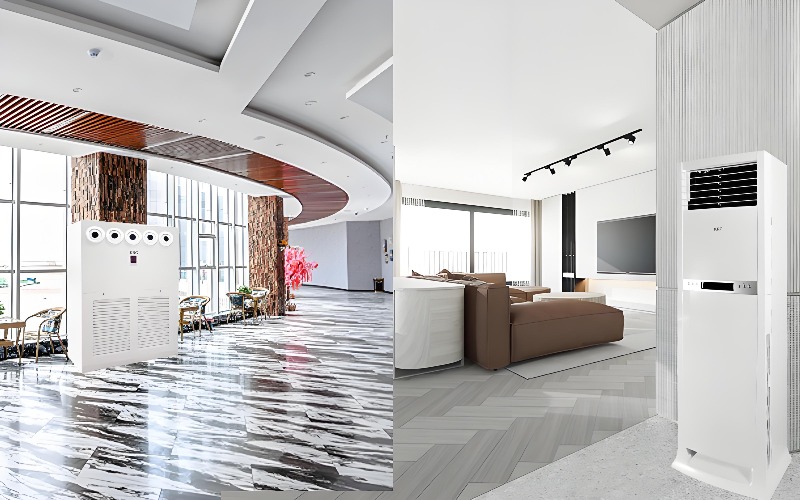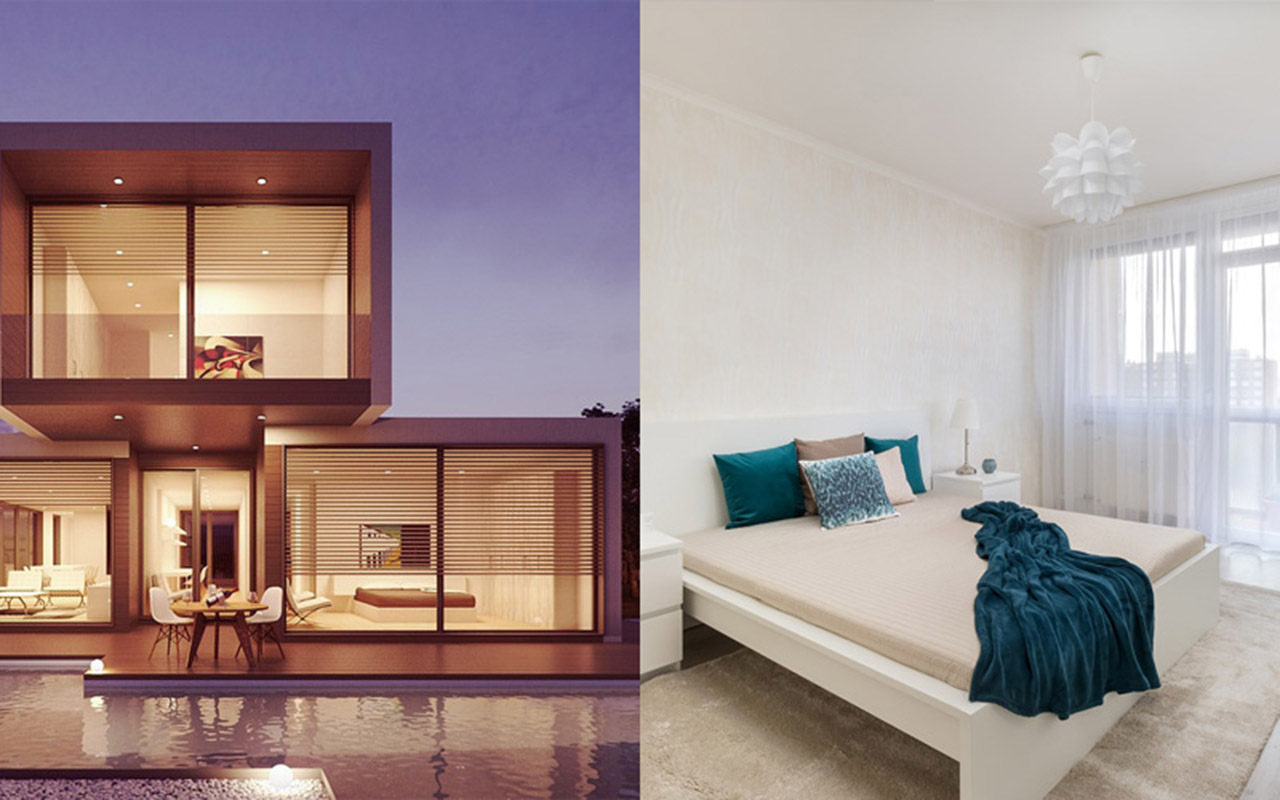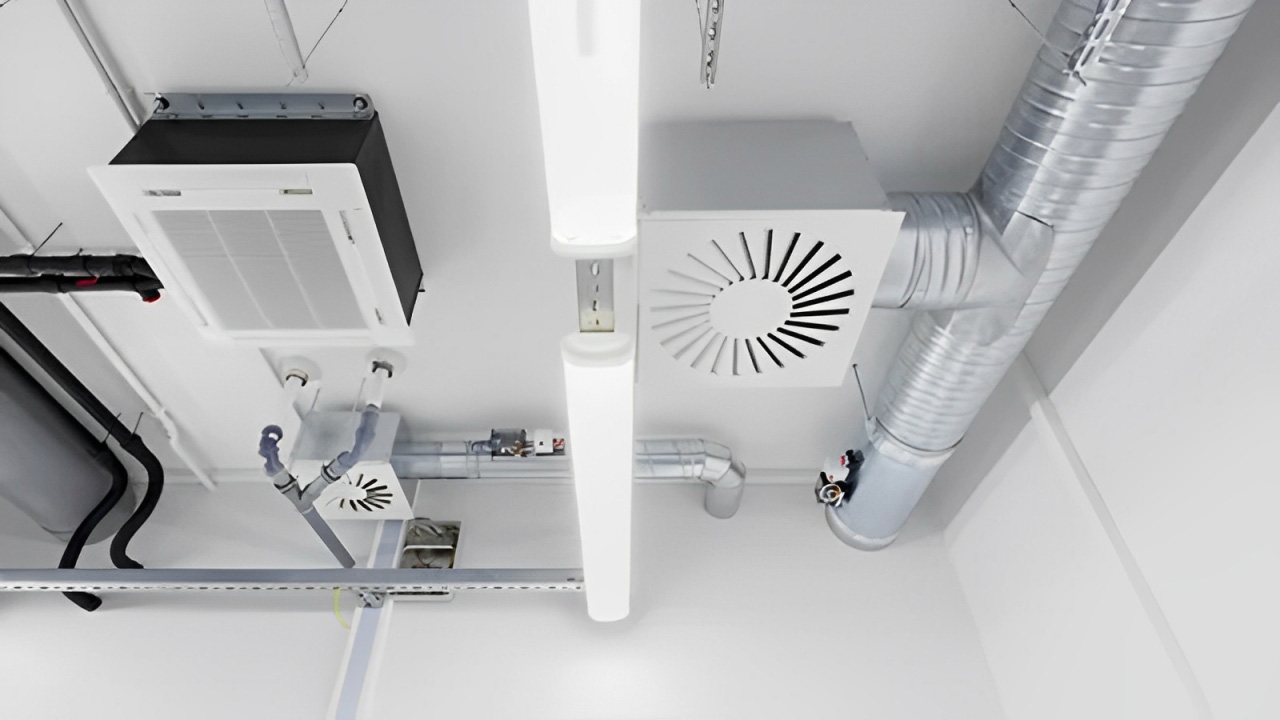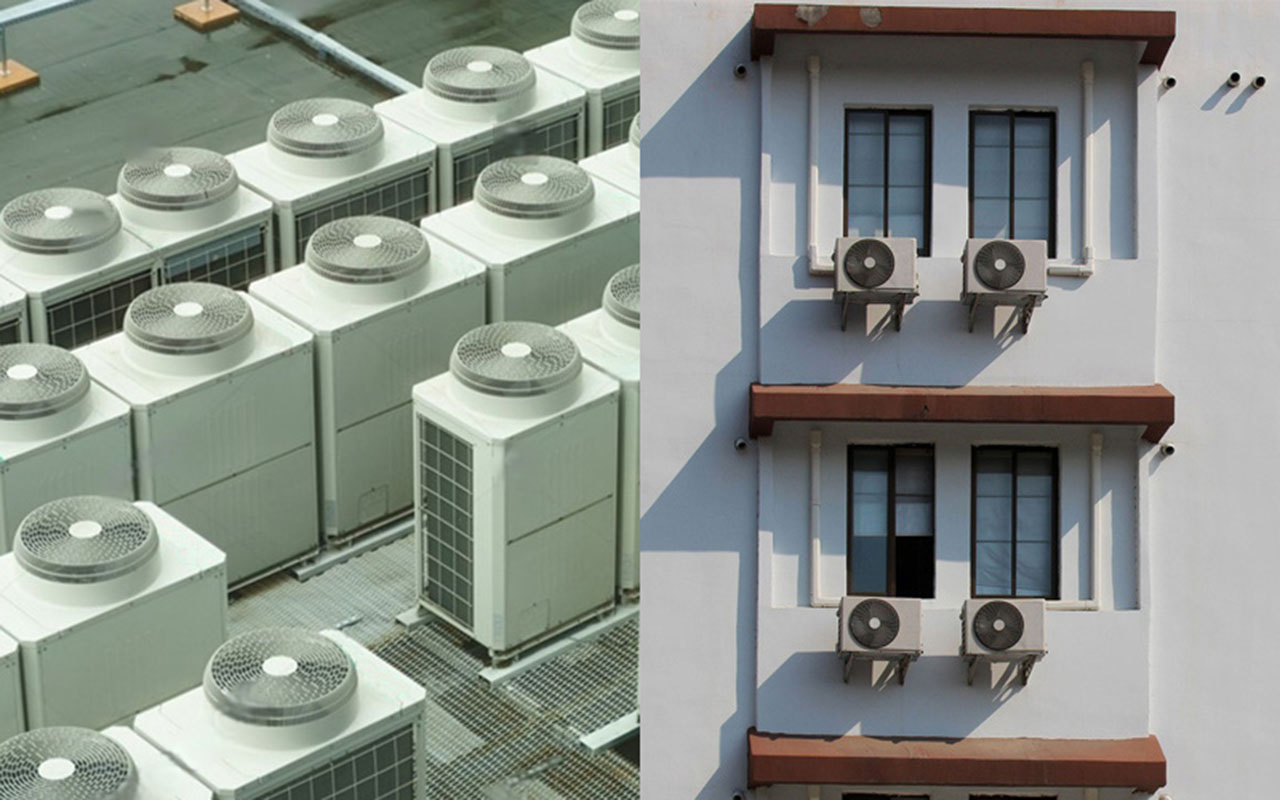Is an Inverter Floor Standing AC Worth the Extra Cost?
Standing air conditioner inverter is normally more expensive than non-inverter ones; whether it is worth purchasing depends on your demands and places. Let's analyze it from several aspects and see if this investment is worth doing.
1. Why is inverter floor standing air conditioner more expensive than normal ones?
Well, the key difference between inverter and non-inverter air conditioners is the working method of the compressor.
- Inverter AC: By adjusting the rotating speed of the compressor, it could control temperature precisely, reducing energy consumption.
- Non-inverter AC: The compressor has only two modes, on and off, which leads to high starting power, large temperature fluctuation, and high energy consumption.
Floor standing air conditioners have high power consumption themselves. With inverter technology, the price will be absolutely higher, but the advantages it brings are obvious.
2. Whether it is worth buying an inverter floor standing air conditioner, we can check from the following points.
Suggested crowd and scenario
- Large spaces: Living rooms, conference offices, and stores. Floor standing air conditioners are suitable for large areas, and with inverter technology, it could improve the comfort and the energy-saving effect.
- Long-time usage: Homes and offices that use air conditioners all day long. Inverter air conditioners could save more energy when operating for a long time.
- People who pursue comfort: They request air conditioners with stable temperature and low noise, avoiding sudden cold and heat.
Unsuitable crowd and scenario
- Small space: Rooms within 10 ㎡. Floor standing air conditioner is to big to place in such a small area, which may lead to a waste of resources.
- Short-time usage: Use it for 1-2 hours per day only. Under such condition, the advantage of inverter energy saving is not obvious, and the payback is slow.
- Tighten budget: If we have a limited budget, then a non-inverter AC with smart socket would also save some energy.

3. Key comparisons between inverter and non-inverter floor standing air conditioners.
| Items | Inverter standing air conditioner | Non-inverter standing air conditioner |
| Price | Expensive. | Cheap. |
| Energy consumption | Saving electricity, long-term usage will be cost-effective. | Consuming more power, making it suitable for short-term usage. |
| Comfort | Constant temperature, low noise. | Large temperature fluctuation, loud noise. |
| Lifespan | Longer lifespan compressor. | Frequent start-up affects the compressor lifespan. |
| Maintenance | More complex technology, higher maintenance costs. | Easy maintenance, low cost. |
If we use the air conditioner frequently and with a large room, then we choose inverter type. If we need it cheaper and use it seldom, then we'd better choose the non-inverter type.
4. Floor standing air conditioner with inverter can save energy; will it truly bring payback to us?
Let's take 3 horse power inverter and non-inverter floor standing air conditioners as an example:
- Power consumption (8 h/day): inverter ac 1.8 kW on average.
- Power consumption (8 h/day): non-inverter ac 2.5 kW on average.
During a summer (90 days on average), it saves 63 kW (2.5*90-1.8*90) of electricity. Then we can calculate how much the money it saves in a summer. After several years, the saved costs could cover the additional money that we had paid on the inverter air conditioner.
If we truly use the air conditioner often, then the inverter type can definitely pay back and save more money.

5. Purchasing tips on inverter floor standing air conditioners.
- Focus on "Full DC Inverter". Compressor, fan, and motors—all parts are inverter, and the energy saving effect will be much better.
- Focus on "Energy Efficiency Label". Class I is the most effective.
- Focus on "Brand and After-sales". Famous brands from the USA, Japan, Korea, China, etc.
- Focus on “Additional Features". Dehumidification, air purification, smart WIFI control, etc.
6. Should we buy it?
So, if we use air conditioners very often (longer time and larger space), an inverter floor mounted air conditioner is worth purchasing, which is energy-saving and comfortable.
But if we use it for a short time at home and our budget is limited, then a normal non-inverter air conditioner is also considerable. It costs less. However, in a long period, the electricity bill will be higher.


